Geodes
Geodes are spherical or oblong rocks filled or partially filled with minerals. When a geode is broken, as in the example below, the minerals inside are revealed. Most geodes are completely filled with minerals, most often quartz. The quartz can be massive, crystalline, or layered, which is a variety called agate. But when most people think of geodes they think of spherical rocks that are hollow. Hollow geodes have an outer shell or rind of quartz, most often the variety chalcedony. The chalcedony often has a bumpy or lumpy appearance from the outside. But the bumpy appearance is no assurance that the inside of the spherical rock will be hollow.
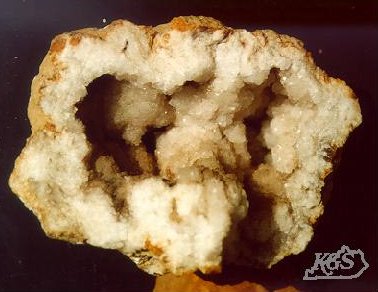
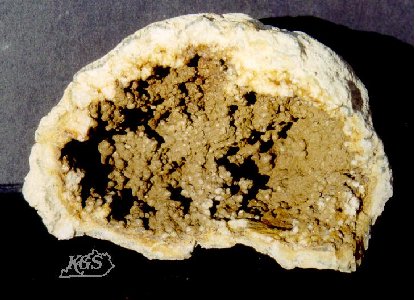
The interior of hollow geodes is filled with mineral crystals, which grow inward from the rind into the hollow space inside the geode. Most often, geodes found in Kentucky are lined with quartz crystals. Less commonly, the calcite or dolomite crystals are found on the inside, either alone or associated with bitumen, barite, galena, fluorite, quartz, limonite, sphalerite, pyrite, selenite, or celestite.
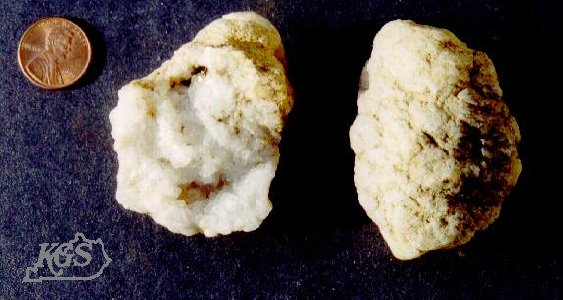
Geodes exhibit a wide range of sizes from inches in diameter to several feet. Most are less than a foot in width.
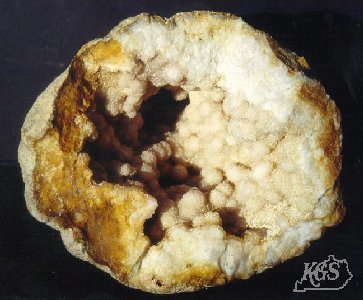
Geodes differ from concretions in that they are hollow and the crystals grow inward from an outer shell. Concretions are solid and grow outward from a central core. Concretions are generally noncrystalline.
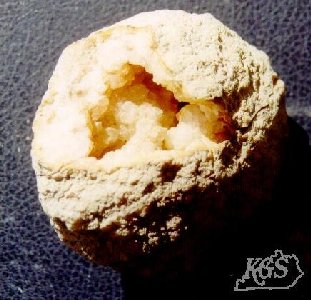
The Fort Payne and Warsaw-Salem Formations, rock units of Mississippian age, contain numerous geodes in Kentucky. In many places, creeks that drain these formations are filled with geodes. Other geode-collecting locations include along the Green River in south-central Kentucky and along ancient terraces of the Kentucky River. The Green River area has produced some very large geodes (2 feet in diameter).
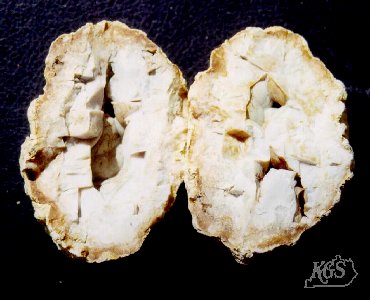
Go Back to Sedimentary Rocks
